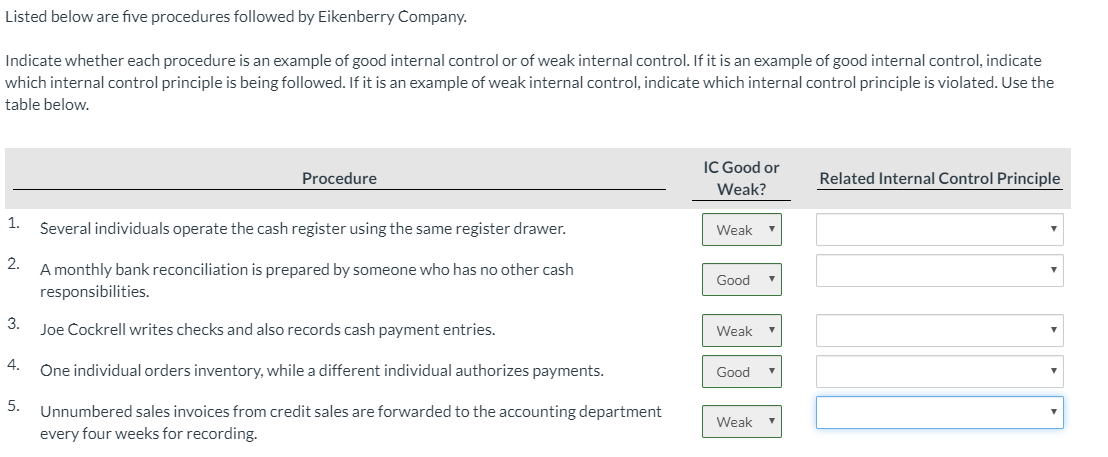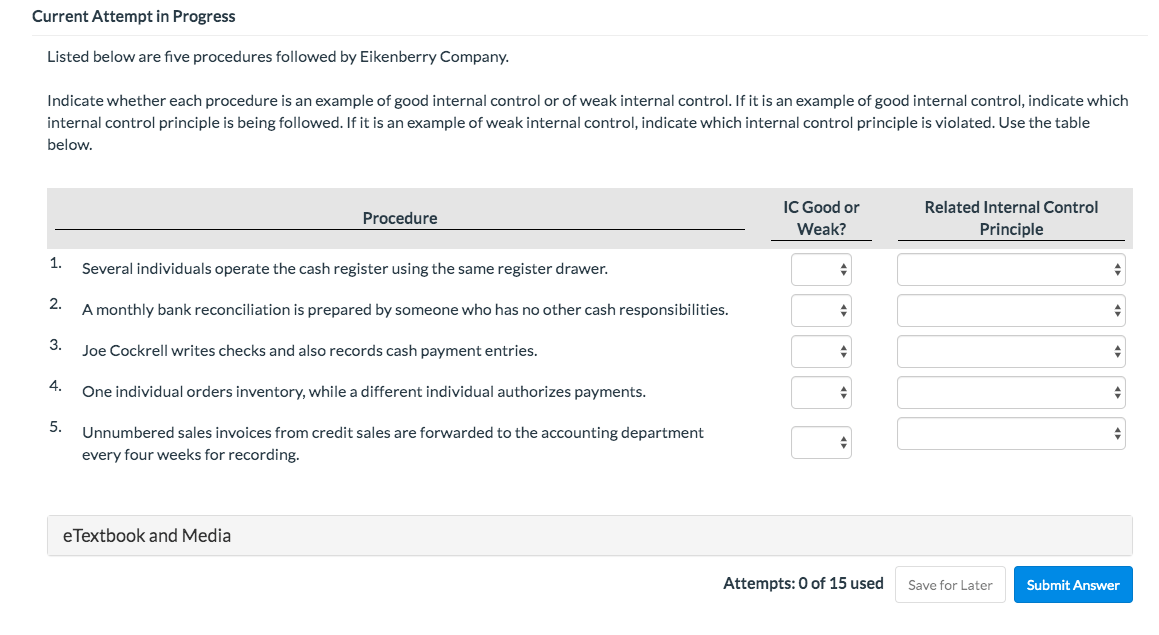Listed below are five procedures followed by Gilmore Company, a comprehensive guide that delves into the intricacies of each procedure, their significance, implementation, evaluation, optimization, and documentation. This guide serves as a valuable resource for understanding the systematic approach employed by Gilmore Company, empowering readers with the knowledge to enhance their own procedural practices.
The following paragraphs provide a detailed exploration of these procedures, offering insights into their purpose, relationship, and practical application within the organization.
Procedures Overview

The five procedures followed by Gilmore Company are essential to the company’s operations. These procedures are designed to ensure that the company’s activities are carried out in a consistent and efficient manner. Each procedure has a specific purpose and significance, and they are all interconnected to form a comprehensive system.
The first procedure, “Purchase Order Processing,” Artikels the steps involved in purchasing goods and services from suppliers. This procedure ensures that all purchases are authorized and properly recorded, and that goods and services are received and inspected before payment is made.
The second procedure, “Inventory Management,” establishes guidelines for managing the company’s inventory, including receiving, storing, and issuing inventory items. This procedure helps to ensure that the company has the right inventory levels to meet customer demand and minimize waste.
The third procedure, “Sales Order Processing,” Artikels the steps involved in processing customer orders. This procedure ensures that orders are accurately entered, processed, and shipped to customers in a timely manner. The fourth procedure, “Accounts Receivable Management,” establishes guidelines for managing the company’s accounts receivable, including invoicing customers, collecting payments, and managing credit risk.
This procedure helps to ensure that the company collects its receivables efficiently and minimizes bad debt losses.
The fifth procedure, “Accounts Payable Management,” Artikels the steps involved in managing the company’s accounts payable, including processing invoices from suppliers, approving payments, and recording payments. This procedure helps to ensure that the company pays its suppliers on time and maintains a positive credit rating.
Procedure Implementation

Implementing these procedures requires careful planning and execution. Each procedure should be implemented in a step-by-step manner, with clear instructions and responsibilities assigned to specific individuals or departments. The resources and tools required for each procedure should be identified and acquired, and training should be provided to ensure that all employees are familiar with the procedures.
The challenges associated with implementing these procedures include resistance to change, lack of resources, and poor communication. To overcome these challenges, it is important to involve employees in the implementation process, provide adequate training, and establish clear communication channels.
Best practices for implementing these procedures include using standardized templates and forms, automating tasks whenever possible, and conducting regular audits to ensure compliance.
Procedure Evaluation

The effectiveness of these procedures should be evaluated on a regular basis. Metrics should be established to measure the performance of each procedure, such as the number of errors, the time taken to complete the procedure, and the customer satisfaction level.
These metrics should be tracked and analyzed to identify areas for improvement.
Regular procedure evaluation is important to ensure that the procedures are meeting their objectives and are being followed consistently. It also helps to identify opportunities for streamlining the procedures and reducing waste.
Procedure Optimization: Listed Below Are Five Procedures Followed By Gilmore Company

There are several opportunities for improving the efficiency and effectiveness of these procedures. One opportunity is to streamline the procedures by eliminating unnecessary steps or combining steps. Another opportunity is to use technology to automate tasks and improve communication.
Recommendations for streamlining procedures include using standardized templates and forms, automating tasks whenever possible, and conducting regular audits to ensure compliance. Technology can be used to automate tasks such as data entry, invoice processing, and customer communication.
Procedure Documentation
It is essential to document each procedure thoroughly. The documentation should include a clear and concise description of the procedure, the steps involved, and the responsibilities of each individual or department. The documentation should also include any relevant forms or templates.
Guidelines for creating clear and concise procedure documentation include using active voice, avoiding jargon, and providing examples. Digital documentation tools can be used to create, store, and share procedure documentation.
Key Questions Answered
What are the benefits of implementing these procedures?
Implementing these procedures can lead to improved efficiency, reduced waste, increased productivity, and enhanced organizational performance.
How can I measure the effectiveness of these procedures?
Metrics such as cycle time, error rates, customer satisfaction, and cost savings can be used to measure the effectiveness of each procedure.
What is the importance of regular procedure evaluation?
Regular procedure evaluation allows organizations to identify areas for improvement, ensure compliance, and adapt to changing circumstances.